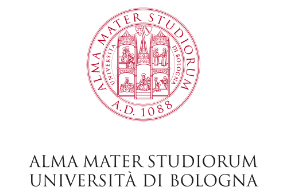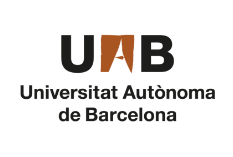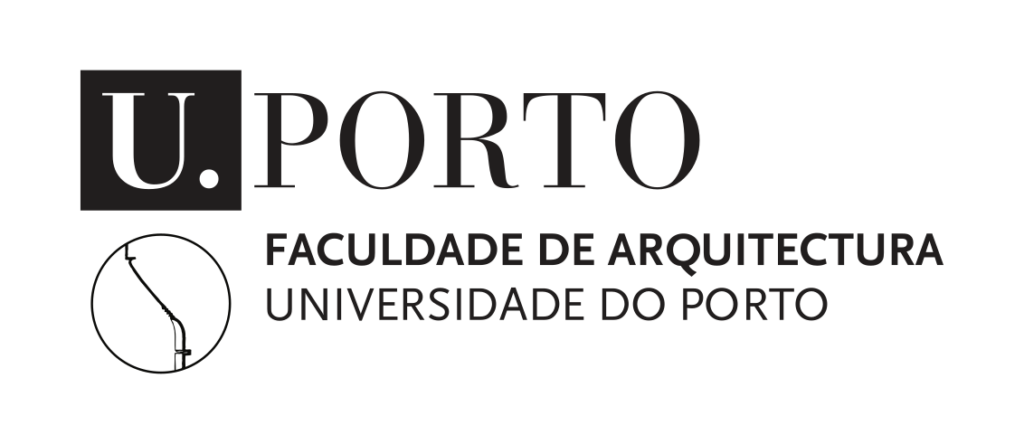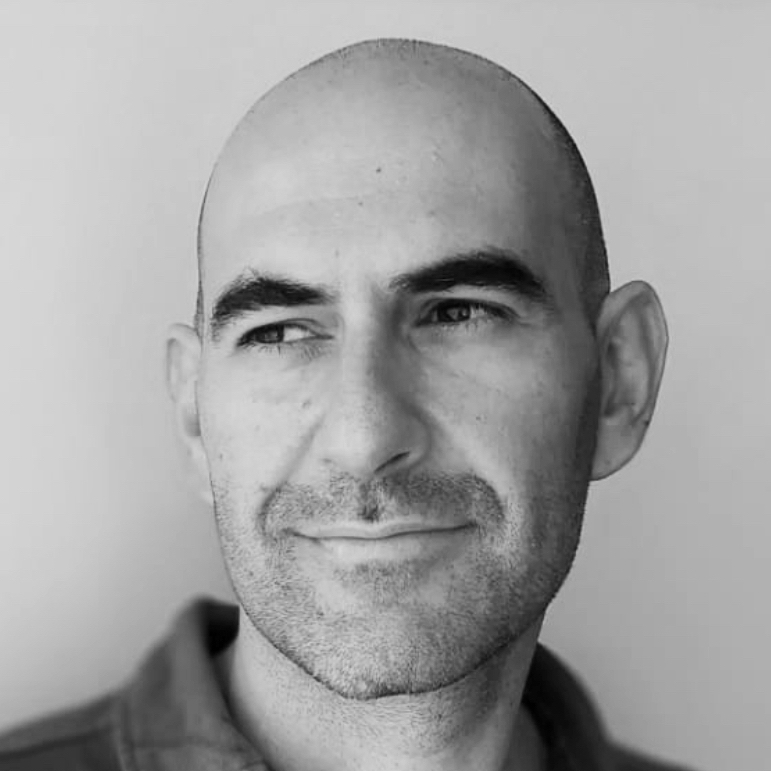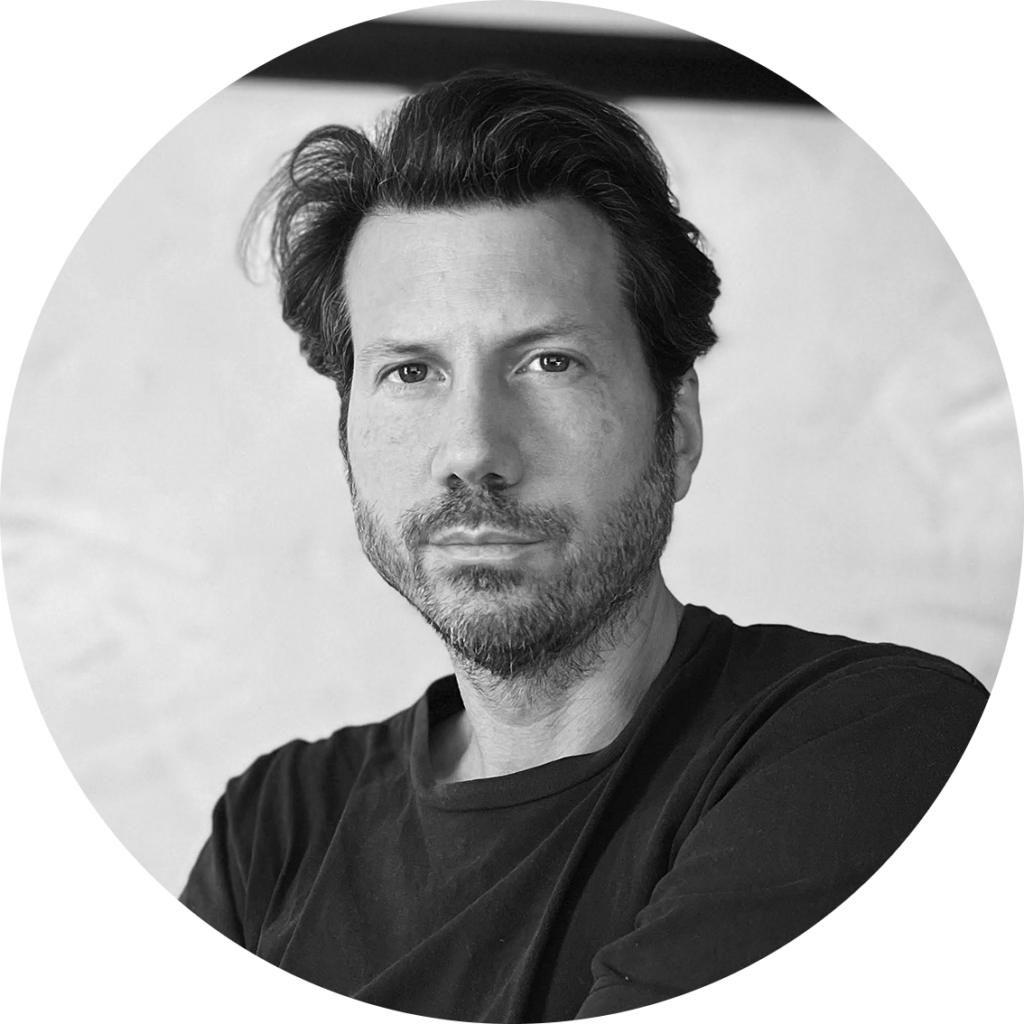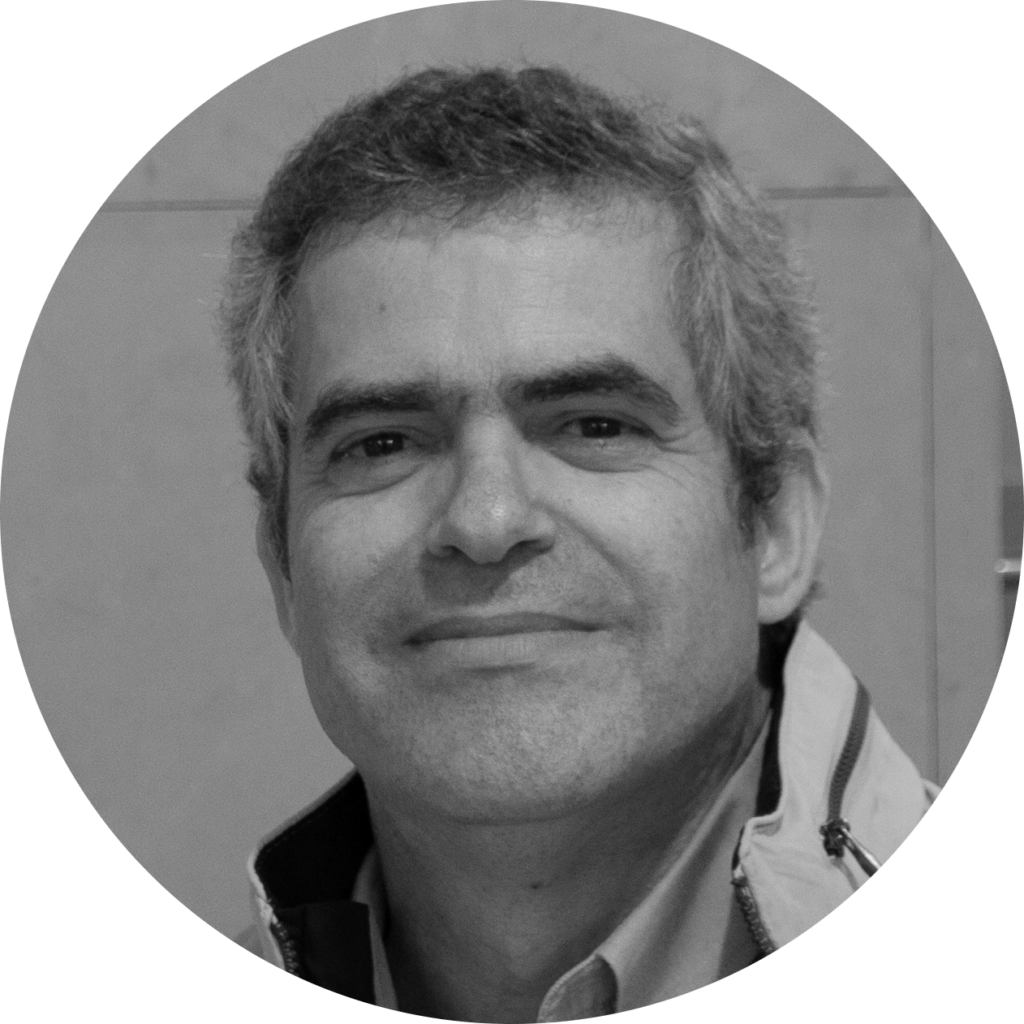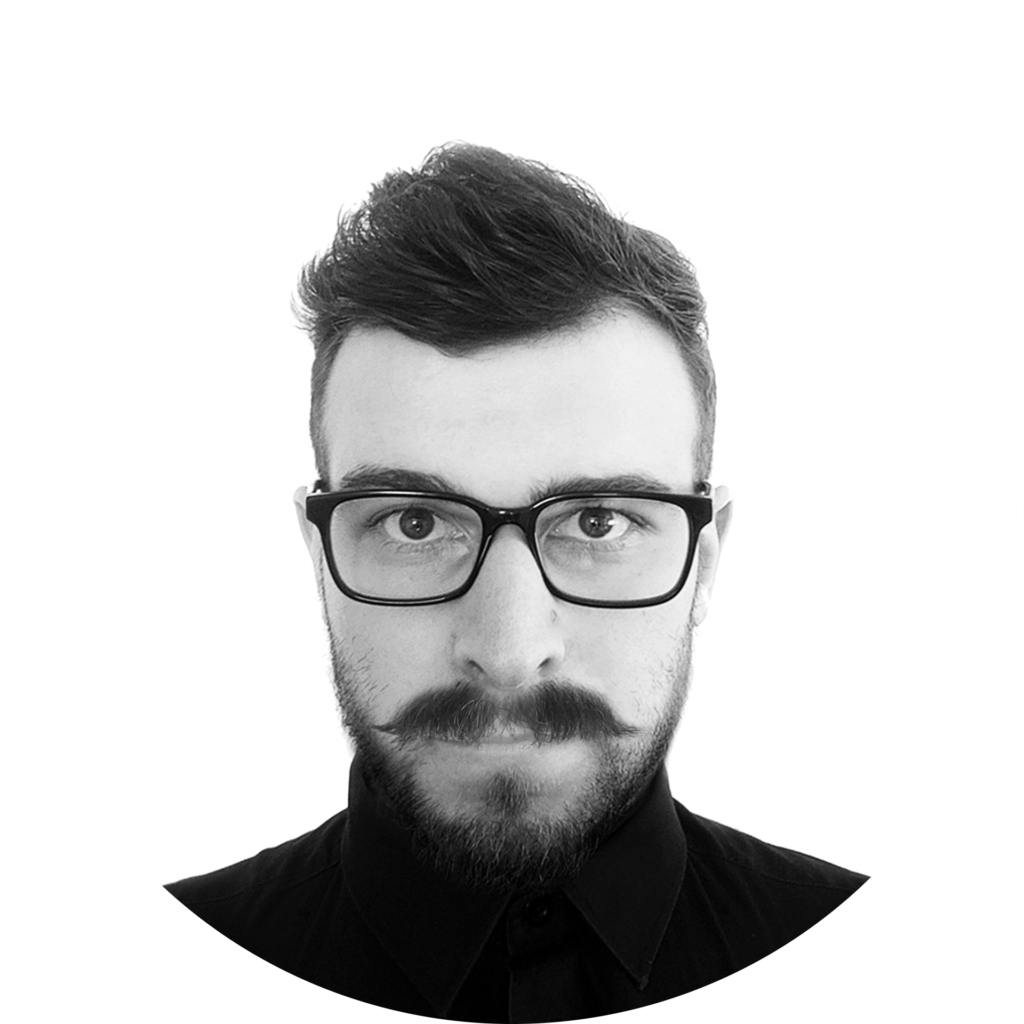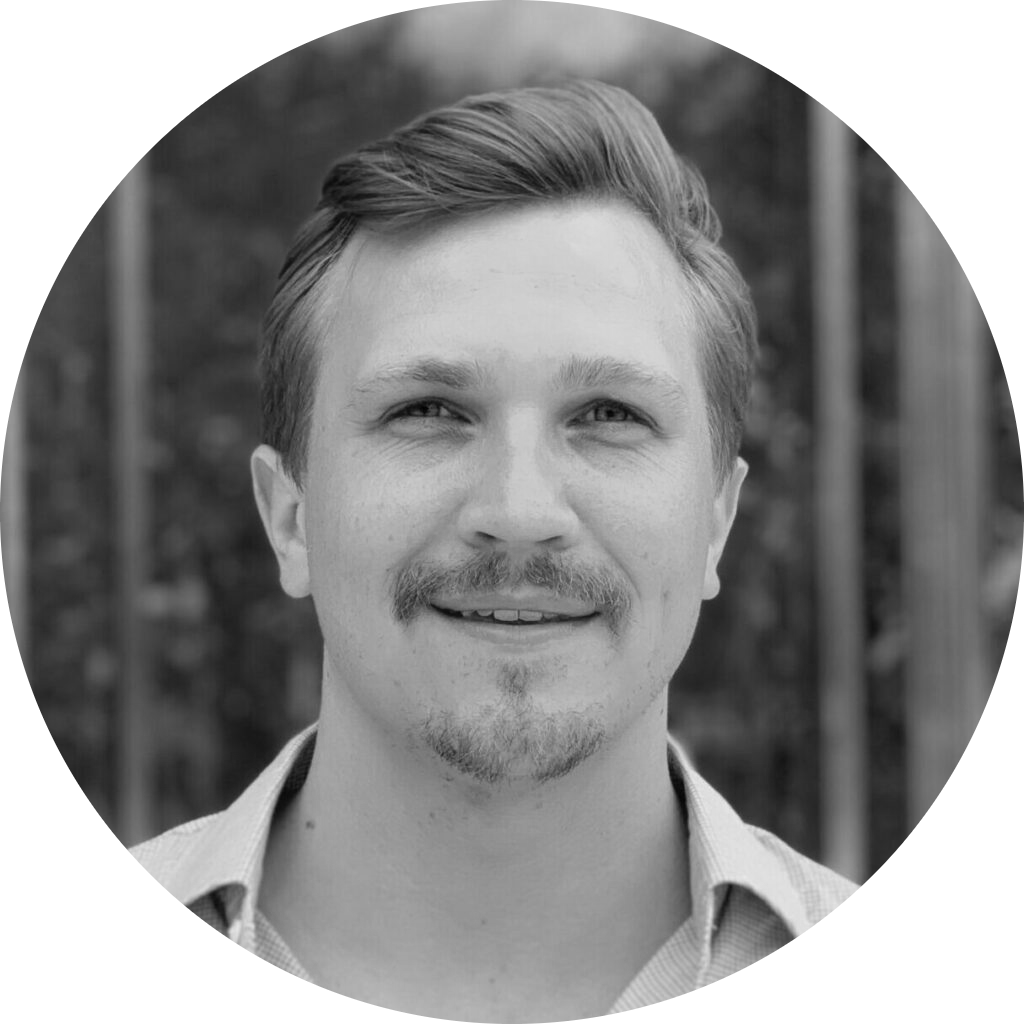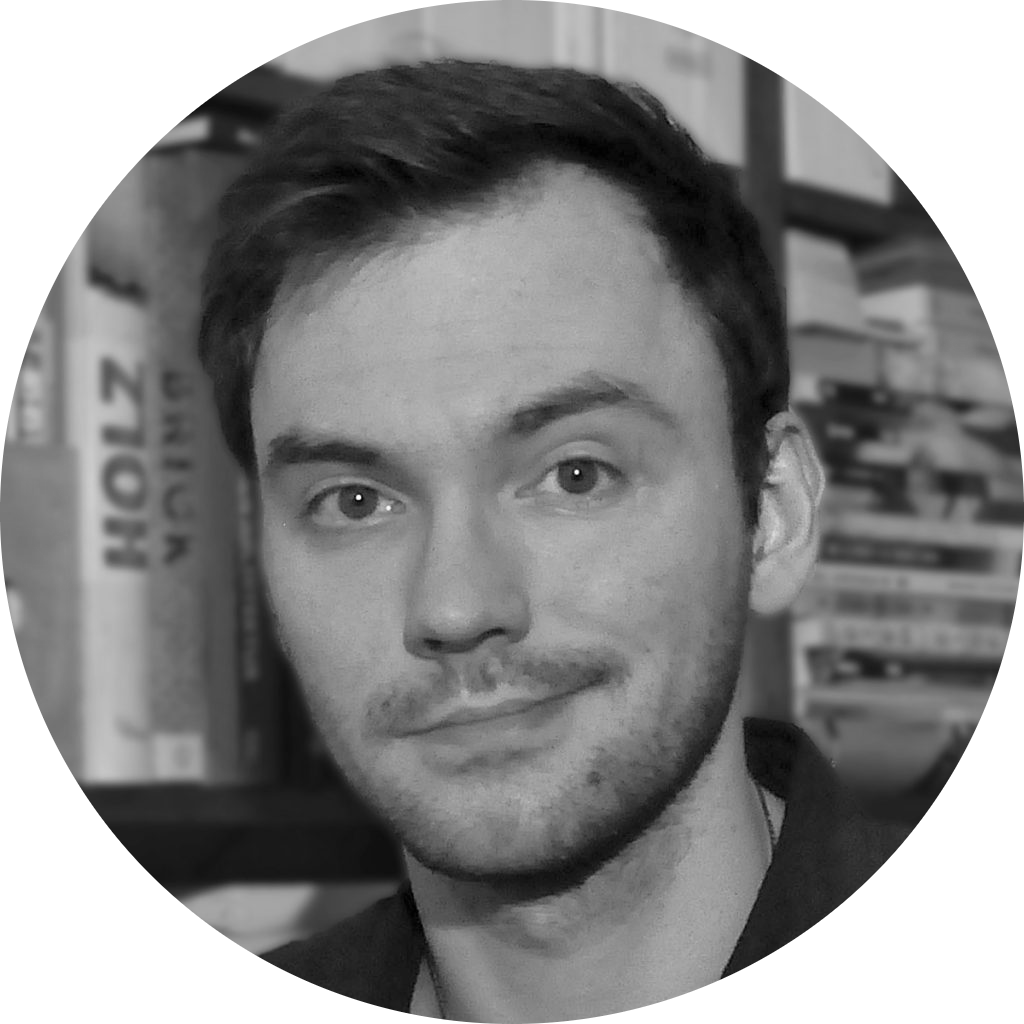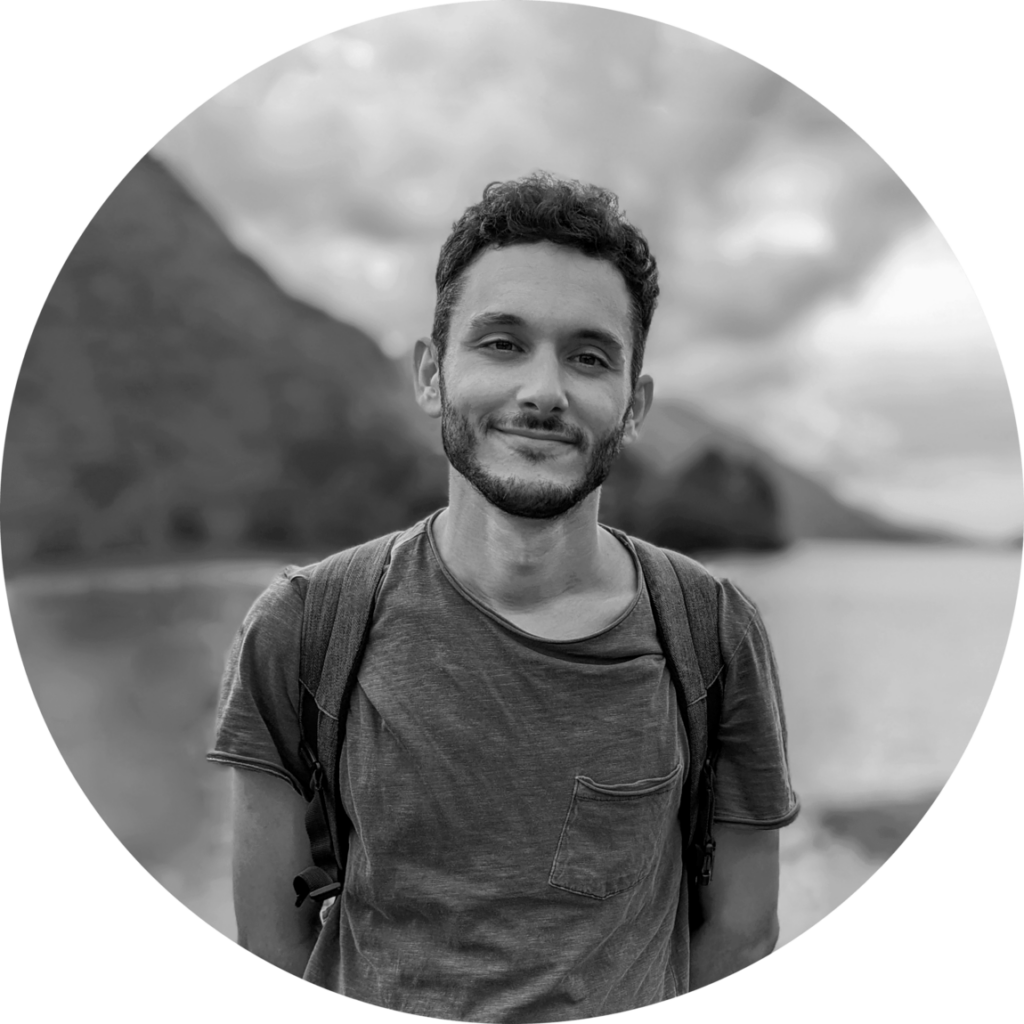partners & team
partner coordinator
partners
team
Alma Mater Studiorum - Universita di Bologna
Oriol Roca
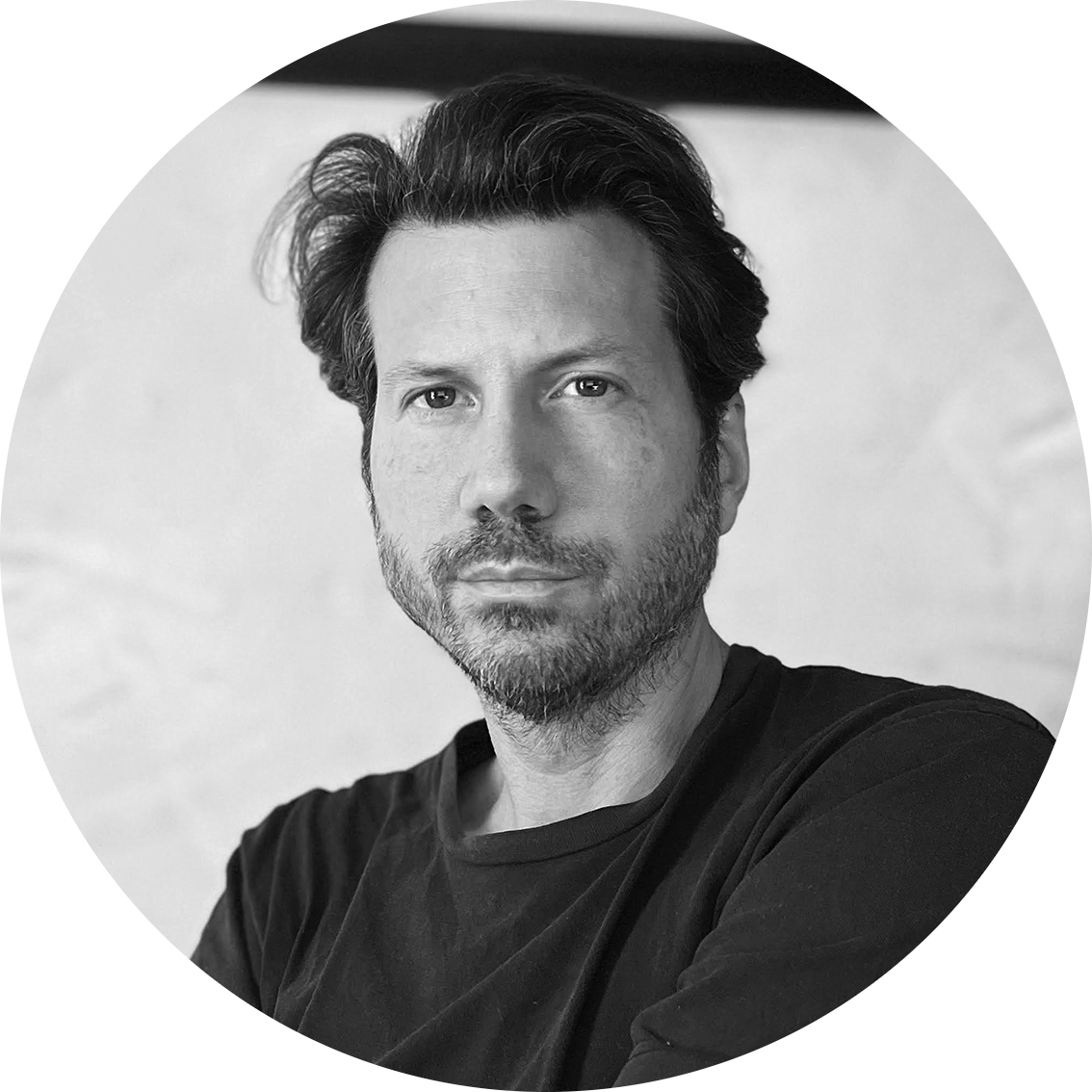
Federico Fallavollita
Project Coordinator and Team Leader

Associate professor at the Department of Architecture of University of Bologna where he teaches courses of drawing at the single cycle degree/combined bachelor and master in Architecture and first cycle degree Bachelor in Industrial Design. He graduated with honours in architecture at Sapienza University of Rome. In 2008 he obtained a PhD in Sciences of Representation and Survey at the Department: History, Design and Restoration of Architecture at Sapienza University of Rome with a thesis entitled: The ruled surfaces and developable surfaces, a reading through the virtual lab. He deals with the issues of representation and survey of architecture. He is mainly interested in renewal of descriptive geometry through the new informatics tools. His research focused as well on the hypothetical virtual re-construction of architecture never built or lost.
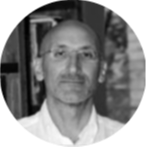
Fabrizio Ivan Apollonio

Full professor at University of Bologna, Department of Architecture, he contributed in several research program about architectural drawing, representation and surveying. Scientific in charge of “LaRAC – Laboratory of Surveying of Architecture and City” and “LaMoViDA – Laboratory of Modeling and Digital Visualization for Architecture”, Faculty of Architecture. He published essays, reports, papers and books about urban surveying for the protection of architectural heritage and about architectural drawing. Author of “Architettura in 3D. Modelli digitali per i sistemi cognitivi” (2012), editor of three volumes “I colori di Cesena. La scena urbana della città” (2008). Has been a promoter and member of the Scientific board for the nomination of Mantua and Sabbioneta for the UNESCO-WHL (included in 2008)

Riccardo Foschi

He is a research fellow, tutor, and adjunct professor at the University of Bologna. Ph.D. in 2019 in architectural representation with a thesis on the parametric modeling of origami applied to architecture.
His research focuses are in the fields of digital representation for Archviz, VR, Nurbs, and Mesh modeling for architecture and product design, architectural survey, computational parametric and algorithmic modeling, folded surfaces modeling, applied origami, digital reconstruction of unbuilt or lost cultural heritage.

Irene Cazzaro

Irene Cazzaro is currently a PhD student in Architecture at the Alma Mater Studiorum University of Bologna. In 2015 she earned a Master’s Degree in Architecture and Urban Planning with a major in Morphology from the IUAV University of Venice.
As a teaching assistant, she has contributed to courses such as Representation of Architecture, Morphology of Artefacts, Visual Communication, and Art of Glass. She has participated as a speaker in several conferences mainly concerning architecture, design, image, and imagination.
Her current research interests include the representation of architecture, morphology, morphogenesis, and graphic design, between theoretical knowledge and practical outcomes. As a PhD student, she is conducting research on digital 3D models of destroyed or unbuilt artefacts with a cross-disciplinary approach involving the fields of Architecture, History of Art, and Archaeology. Her work mainly focuses on terminology and methodology especially related to uncertainty visualisation, in an effort to set widely-accepted standards to be used in 3D visualisations, complying with principles such as integrity, reliability, sustainability, and accessibility of the models.
Hochschule Mainz University of Applied Sciences
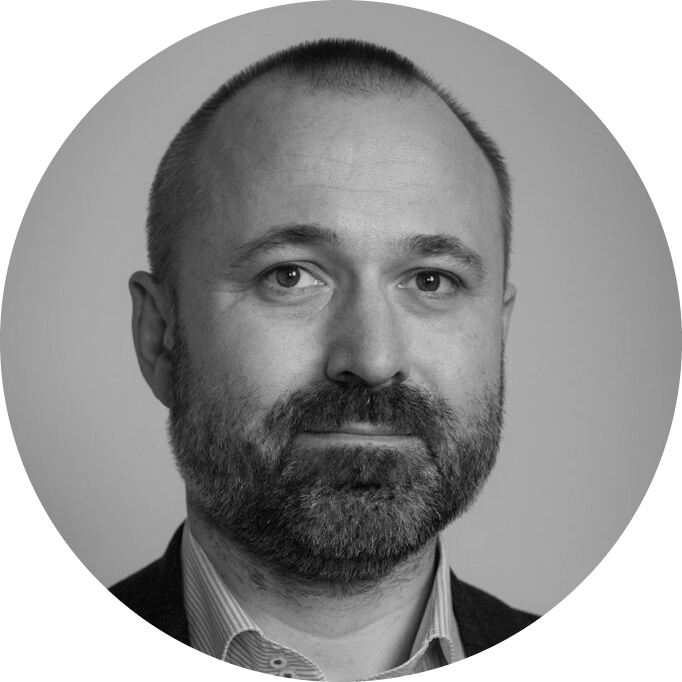
Piotr Kuroczynski

Piotr Kuroczyński is an architect specializing in the field of digital 3D reconstruction, documentation and visualization of cultural heritage. Since 2005, he has been researching and teaching at the unit Information and Communication Technology in Architecture of Professor Manfred Koob at the Technische Universität Darmstadt. After his doctorate in architecture in 2010 he has also been a lecturer at the unit Computer Aided Design at the Warsaw University of Technology and at the Digital Design Unit at the Technische Universität Darmstadt. Since 2013 he has been a scientific member of staff and project coordinator at the Herder Institute for Historical Research on East Central Europe. He is co-founder and convenor of the Digital 3D-Reconstruction Working Group in the Digital Humanities in German-speaking Region Association. Since 2017 he has been Professor for Computer Science and Visualization in Architecture at the Hochschule Mainz – University of Applied Sciences Mainz. Since 2018 he is the head of the Institute of Architecture and the chief-in-editor of the book series Computing in Art and Architecture at the Heidelberg University Library. His interests include Virtual Research Environments, semantic data modeling, (Heritage/Historic) Building Information Modeling, 3D modeling, documentation and visualization standards for digital 3D reconstruction of cultural heritage.
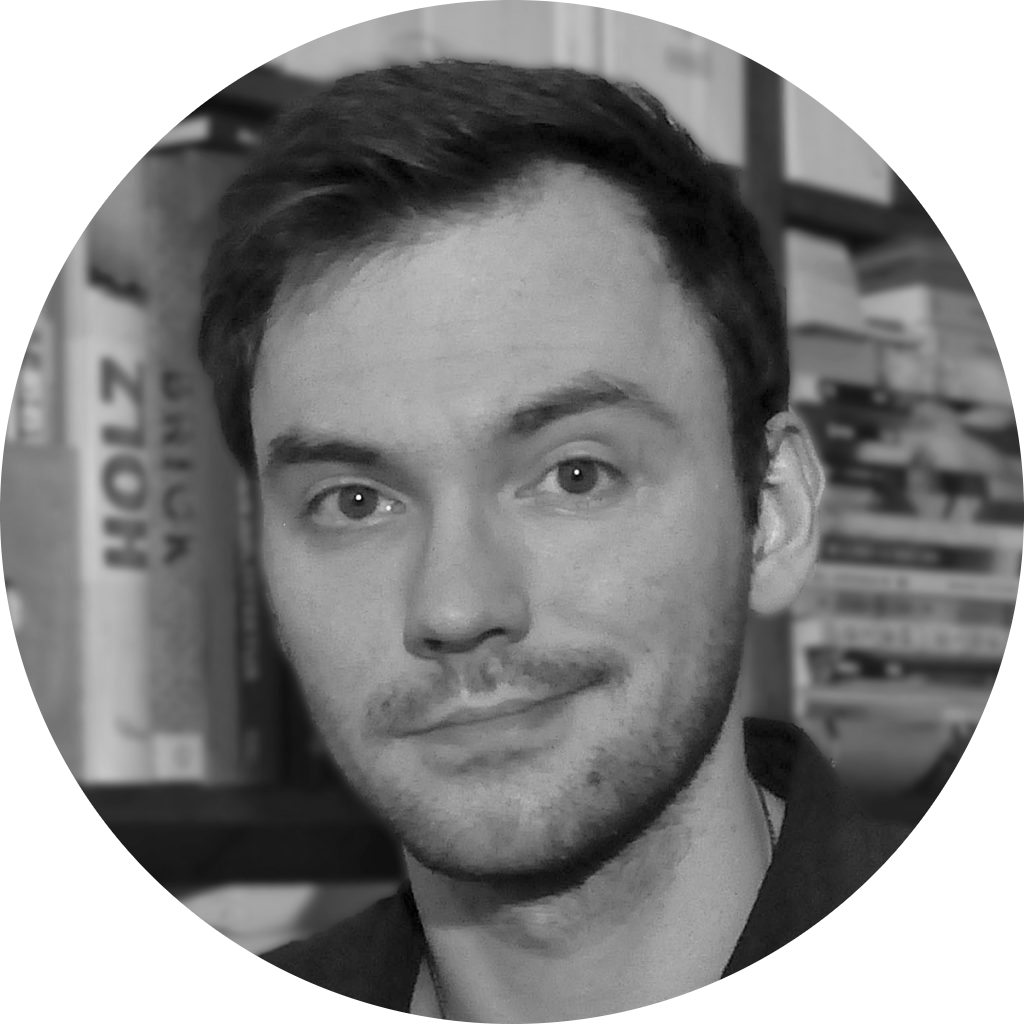
Igor Bajena

Igor Bajena is an architect, born and raised in Biała Podlaska (Poland). He studied architecture and urban planning at Warsaw University of Technology from 2012 to 2019 and graduated in 2019 with a MSc in architecture on architectural heritage specialty. The topic of his master thesis was “Fortress in the city. Connections between old town and fortress in Kłodzko (Poland)”. In 2018 he was trainee in Institute of Architecture and Information Technology of University of Applied Sciences in Mainz, where he was taking part in project of a BIM-conform digital 3D reconstruction of the main synagogue in the city of Wroclaw (Poland). Since August 2019 he works as a research associate at the Architecture Institute of the University of Mainz. Since November 2021 he is a PhD student at the University of Bologna in cooperation with the Institute of Architecture at the Hochschule Mainz on the topic of “Digital 3D-reconstruction as a research environment in art and architecture history – Infrastructure for documentation and publication”.
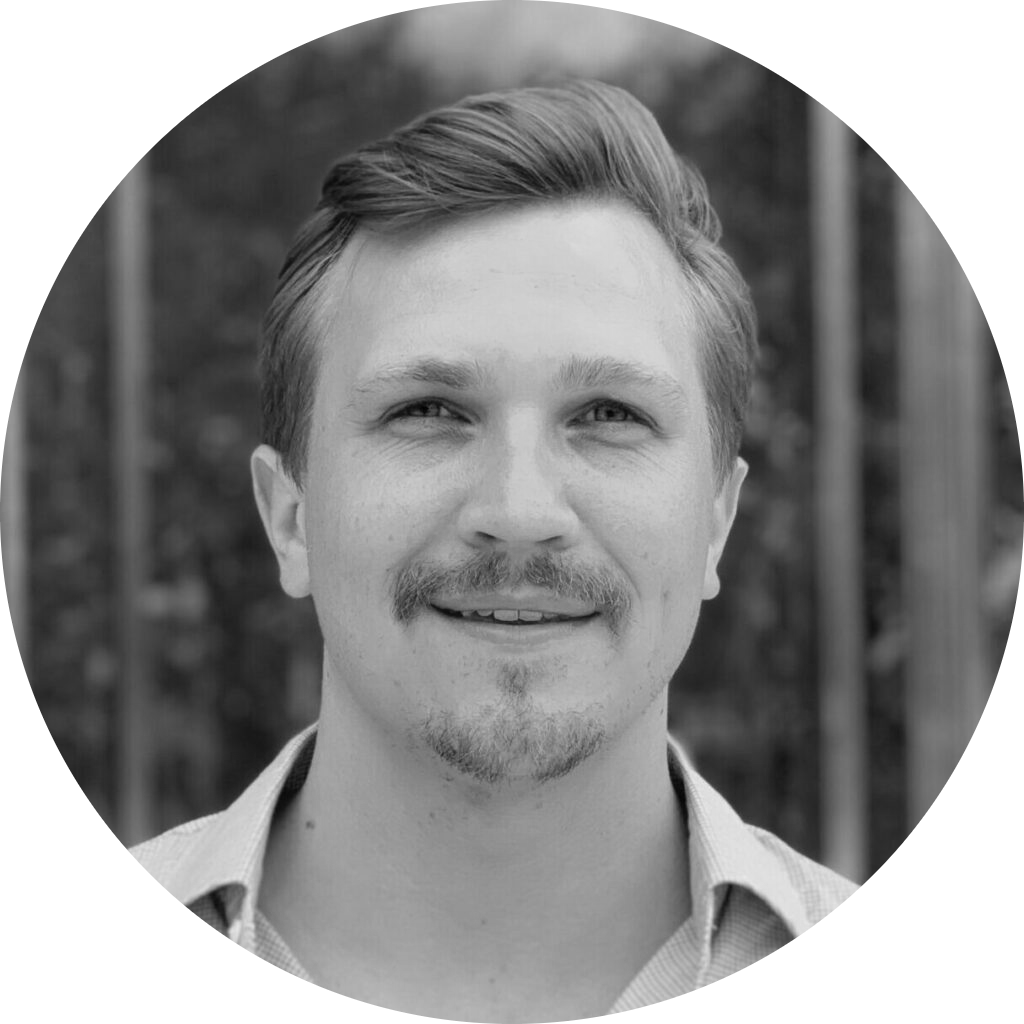
Jan Lutteroth

Jan Lutteroth is an art and architectural historian specializing in the field of digital 3D reconstruction, documentation, and visualization of cultural heritage. Since 2012, he has been researching and since 2019 teaching at the Institute of Art History at the Ludwig-Maximilians Universität in Munich. After his Magister in art history in 2012 and a Master’s in Cultural Heritage Protection Studies, he finished a one-year fellowship at the KU Leuven in 2014. From 2014 until 2016 he worked as a scientific researcher at the Herder Institute for Historical Research on East Central Europe. In 2019 he coordinated a research project in partnership with the Staatliche Schlösser und Gärten Baden-Württemberg. Between 2020 and 2022 he was a scientific researcher at the Corpus der barocken Deckenmalerei in Deutschland at the Ludwig-Maximilians Universität in Munich where he handed in his Dissertation on the Munich residence.
He is a member of the Digital 3D-Reconstruction Working Group in the Digital Humanities in German-speaking Region Association and of the DFG Research Network: Digital 3D Reconstructions as Tools of Architectural Historical Research. In 2022 he started as a Junior Professor for Computer Science and Visualization in Architecture at the Hochschule Mainz – University of Applied Sciences Mainz in association with the Herder Institute for Historical Research on East Central Europe. His interests include Virtual Research Environments, semantic data modeling, (Heritage/Historic) Building Information Modeling, 3D modeling, documentation, and visualization standards for digital 3D reconstruction of cultural heritage.
Universidade do Porto

Clara Pimenta do Vale

Assistant Professor at FAUP, photographer, and researcher in the group Architectural Heritage of the City and the Territory. Research focus includes Construction History (learning from the past to build a better future), Vernacular Architecture (local, natural, regenerative materials, rational use of resources) and new technologies applied to building construction and rehabilitation (thermography, photography, photogrammetry, laser scanning, 3d modelling, digital fabrication).
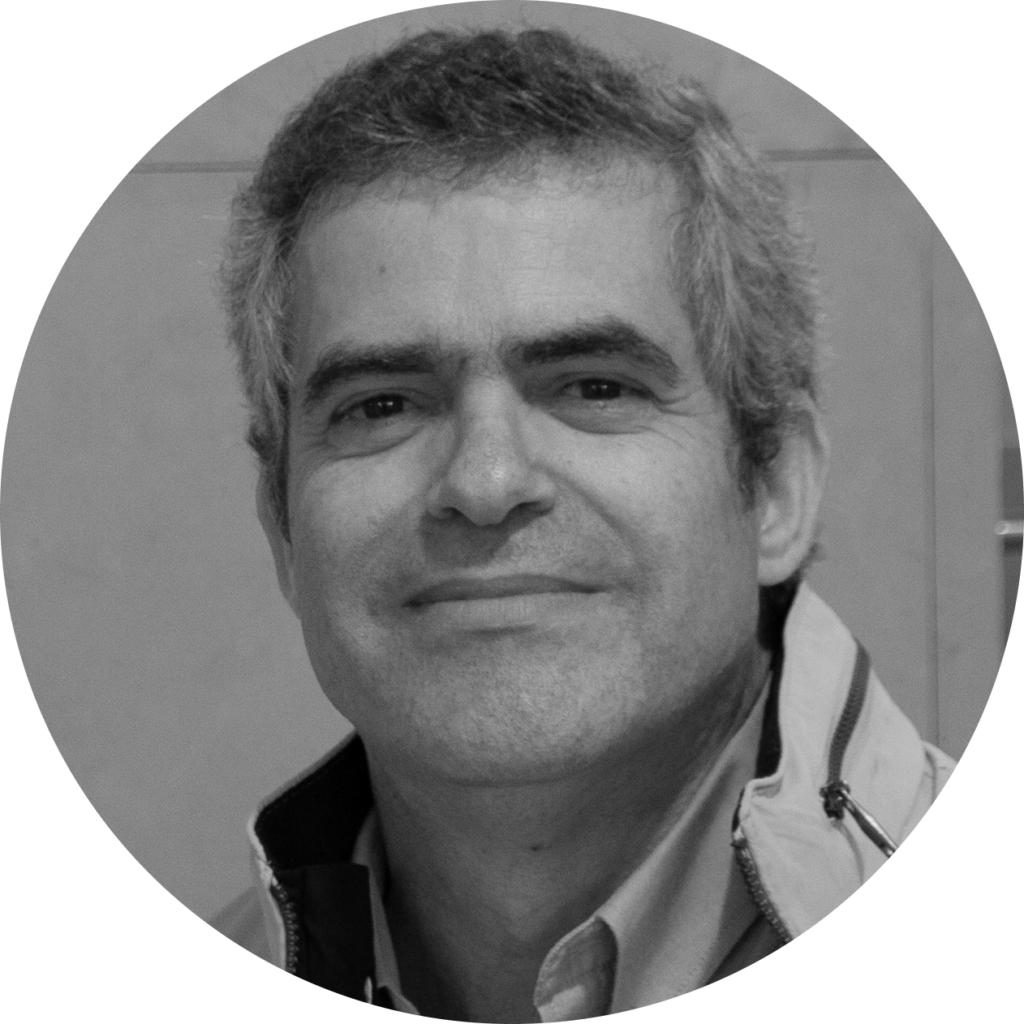
João Pedro Xavier
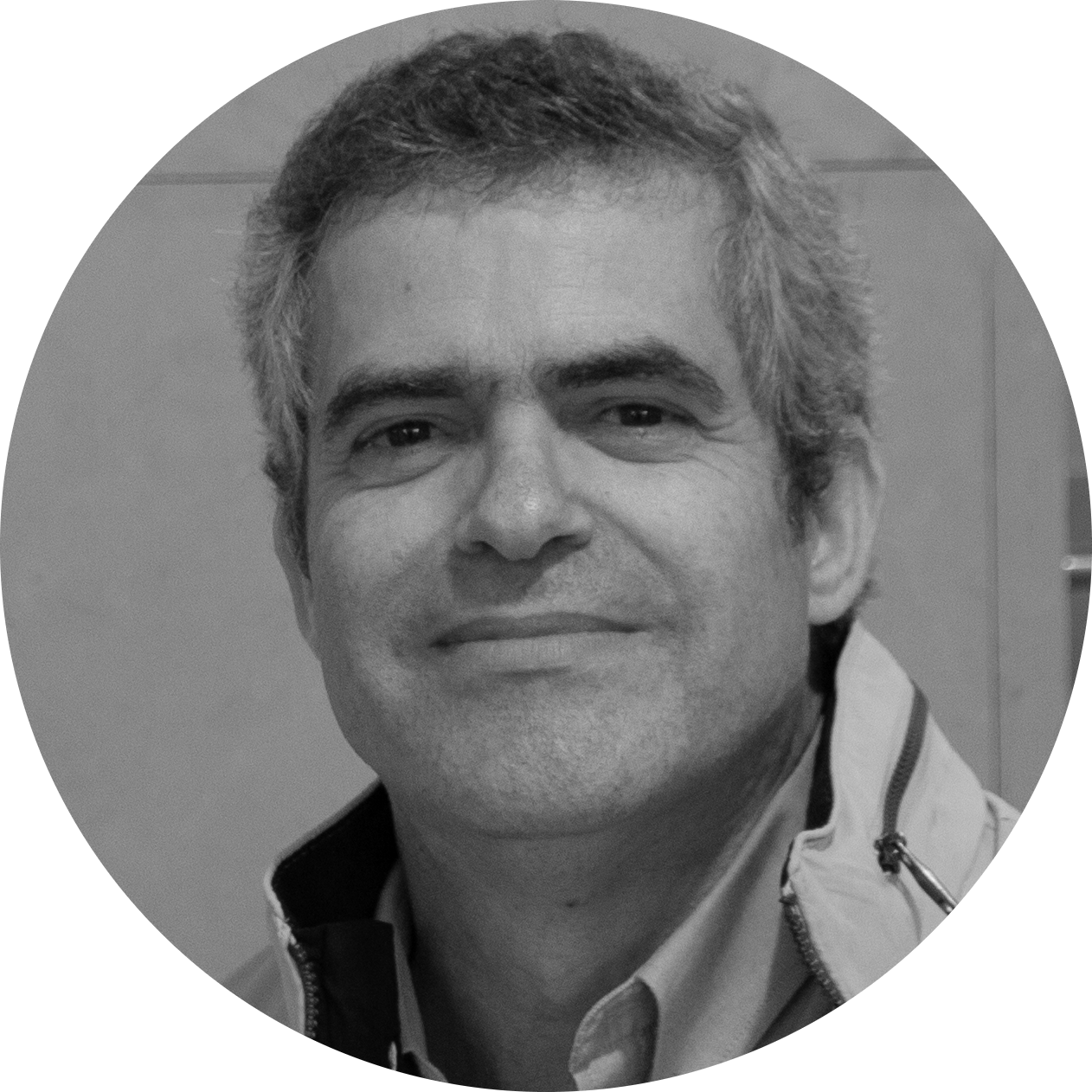
Architect and full professor at FAUP, Xavier is a member of CEAU’s research teams – Architecture: Theory, Project, History (ATPH) – and – Digital Fabrication Laboratory (DFL). The relationship between architecture and mathematics, especially perspective, is his main research interest. He is correspondent editor of the “Nexus Network Journal”, and member of the Council of the “European Association for Architectural Education” (EAAE).
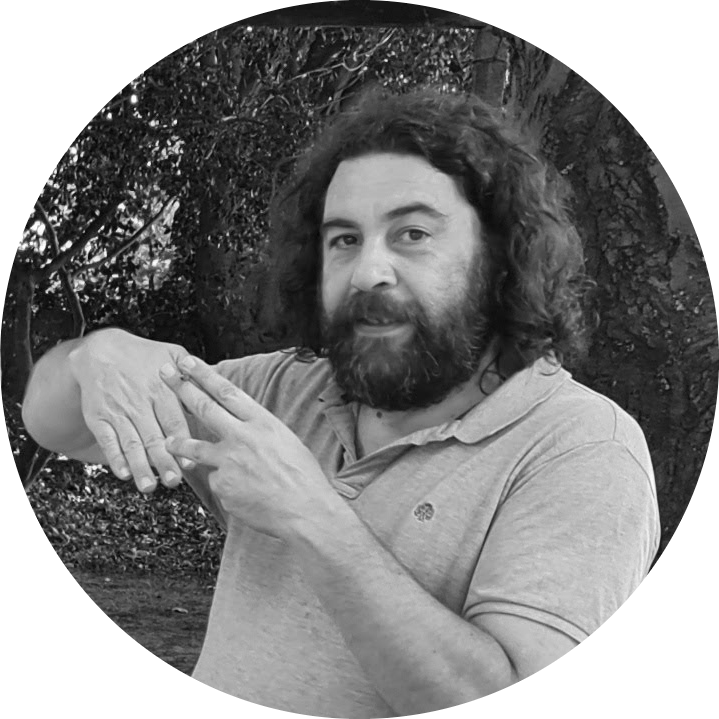
Hugo Pires

Work in progress
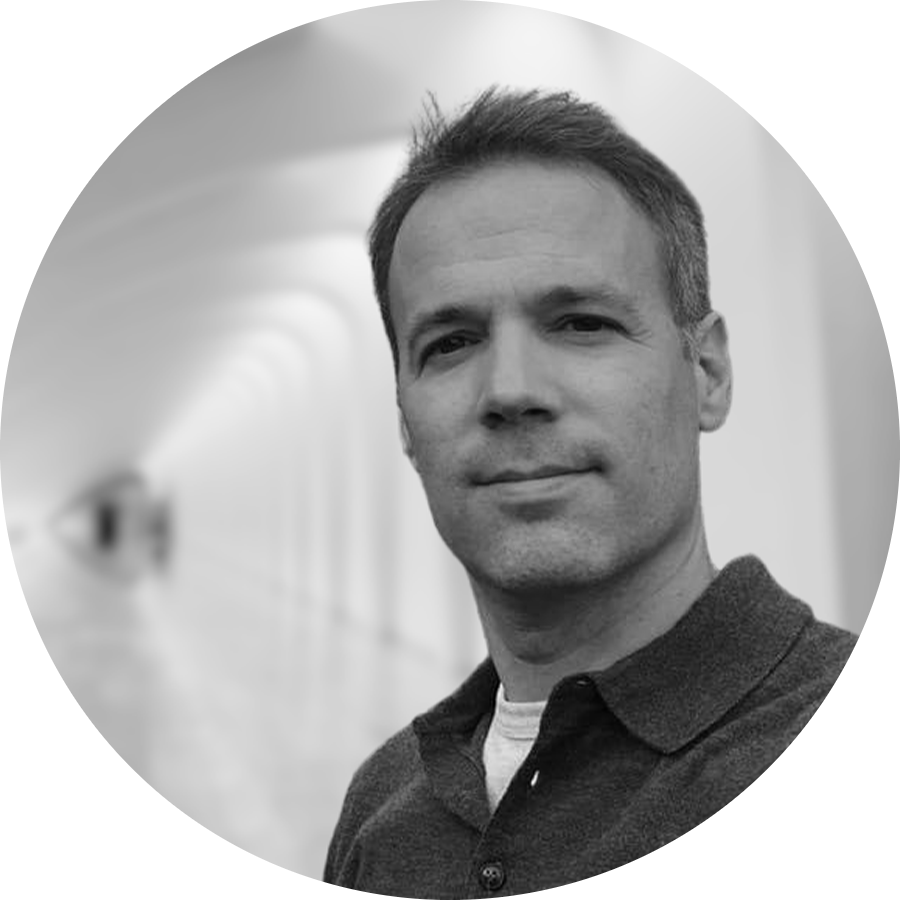
José Pedro Sousa

He is an associate professor at FAUP. where he created and coordinated the DFL (Digital Fabrication Lab) research group. His PhD focused on the use of cork in architecture and involved studies at MIT and UPenn. His design, teaching and research activity focuses on exploring the impact of digital technologies on architectural thinking, design and construction. He is also currently a member of the High-Level Round Table of the New European Bauhaus.

Carla Garrido de Oliveira
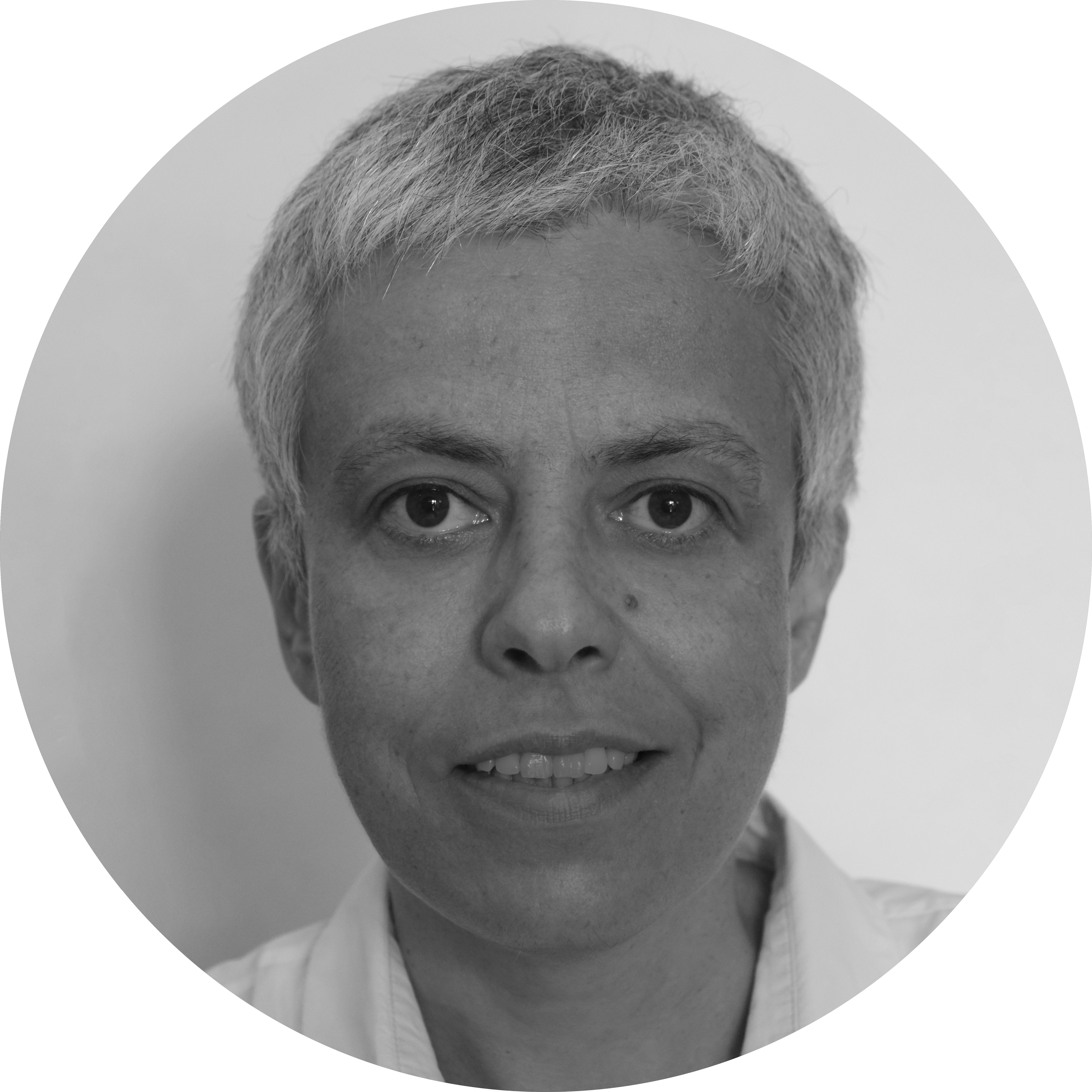
Carla Garrido de Oliveira, an Architect and assistant professor at FAUP, is a member of CEAU’s research teams ‘Architecture: Theory, Project, History’. Architectural history as a continuous project is the core of her teaching and research interests, crossing themes, types, places, authors, and eras from proto-history to XX-century modern architecture, seeking vernacular expressions for broader emerging movements. Intermediating scales and spaces in buildings, gardens, urban settlements, and territory can be defined as preferential. Since 2012 she has been a member of organizing and scientific committees of ‘European Research in Architecture and Urbanism’.
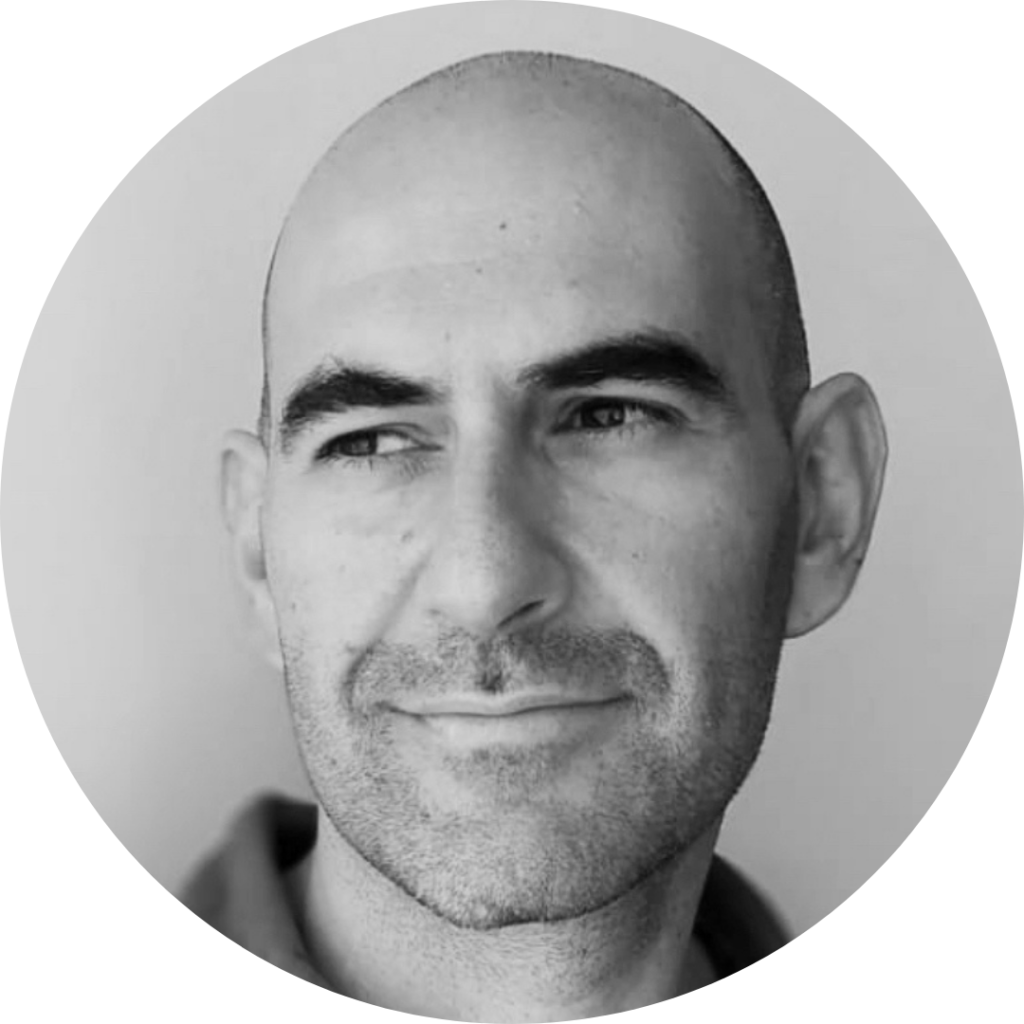
Pedro de Azambuja Varela
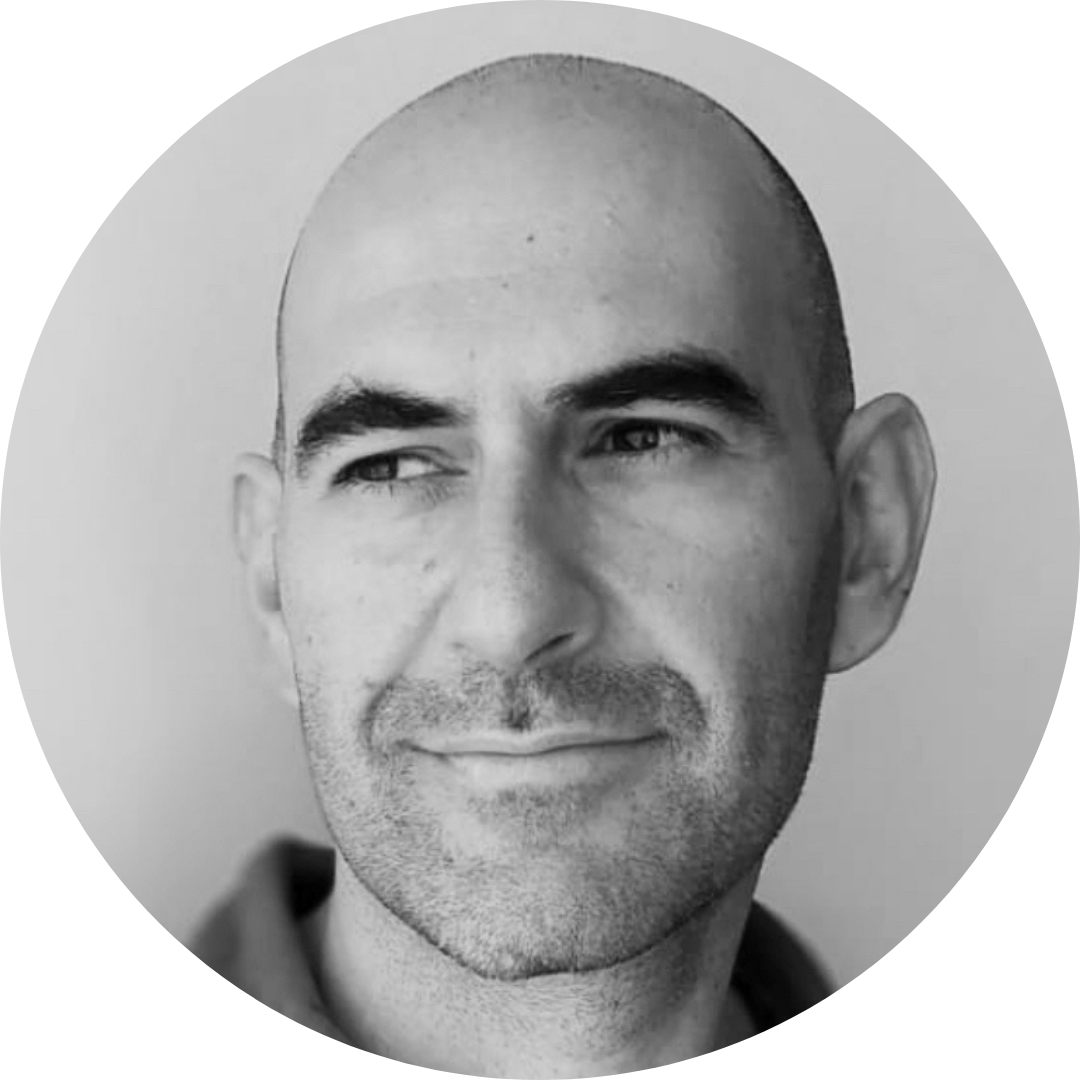
Pedro de Azambuja Varela, while interested in mathematics and built form, graduates in Architecture at FAUP in 2006 with the thesis “Spaces with elliptic plan in religious architecture: the case of the church of Clérigos in Porto”. After working in Vienna and New York, he studies at the first edition of the doctoral program PDA of FAUP in 2008 researching knowledge in the area of architecture design and computation.
In 2012 he creates the company AZVAvisuals where his knowledge in graphic and web design, programming, image manipulation and advanced 3D modelling and rendering have proven successful. Selected architecture projects are also a keen interest, developed with the latest technologies regarding BIM modelling which produces fine drawings, models and calculation; this interest has led to teaching on the subject.
Pedro de Azambuja Varela takes part in the FCT Investigation Project “Tecnologia Robótica para um Projecto e Construção Não-Standard em Arquitectura” (PTDC/ATP-AQI/5124/2012) led by Dr. José Pedro Sousa. Following various works developed in the area of algorithmic design, he studies and finishes the first edition of CEAAD (Advanced Studies Course in Digital Architecture) with a grant from Amorim Isolamentos S.A., organized by FAUP and ISCTE-IUL. He wins a Research Grant for work at DFL-CEAU/FAUP and later a PhD Grant from FCT for a research on rethinking stereotomy with today’s technologies, defending his thesis entitled “Reconstruction of a Stereotomy – for a multi-semantic stereotomic approach” in 2020. In 2022 he wins a scientific employment contract to continue his research in Stereotomic Construction to promote sustainability. Develops the theory of contemporary stereotomy, application in digital design and continues to create architectural demonstration prototypes.
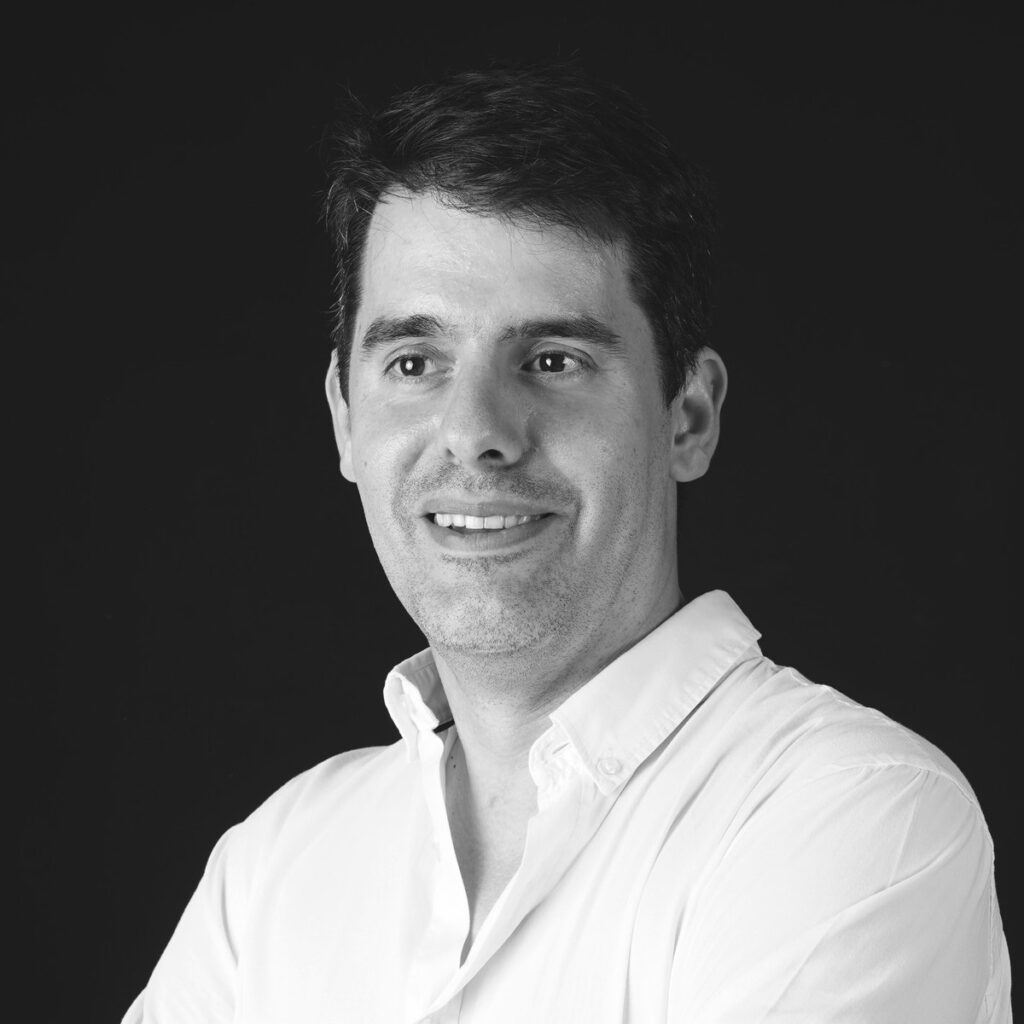
João Luís Marques
La Tempesta
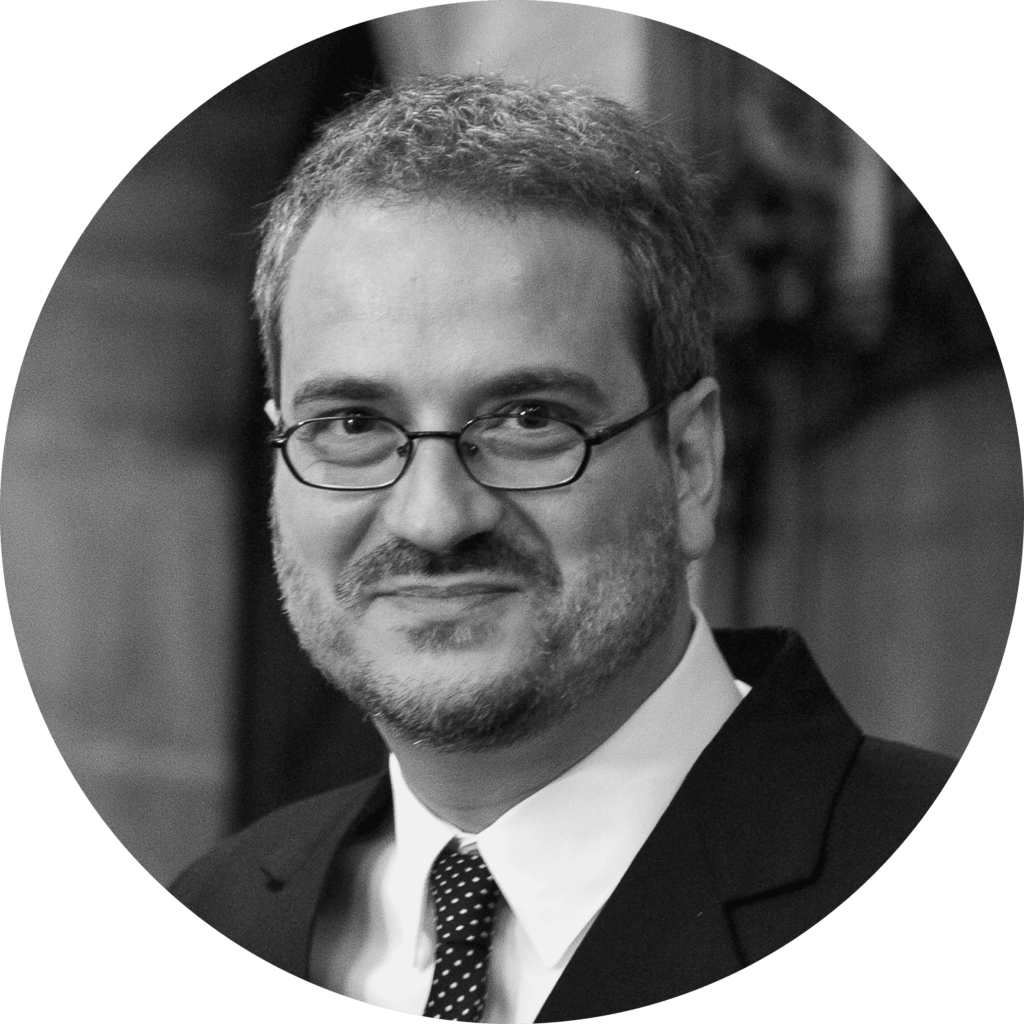
Marc Hernández Güell

The Founder and Director of the digital studio “La Tempesta: Ciutat, cultura i tecnologia”. Marc specializes in digital cultural heritage and in leveraging innovation and digital resources to create differential value for knowledge based organisations. Prior to this, Marc worked for seven years as CIO (Chief information officer) at the Barcelona Culture Institute, where he worked extensively on the digital transformation of museums, archives, and heritage libraries. He has also worked in a startup in the audiovisual sector and in management and strategy consultancy. Marc holds a Master’s degree in Digital Transformation (Polytechnic University of Catalonia-FPC/Carnegie Mellon University), he is certified in the Governance of Enterprise IT by ISACA. He also holds a degree in Economics (UAB), and has completed poetry studies at the Ateneu Barcelonès.
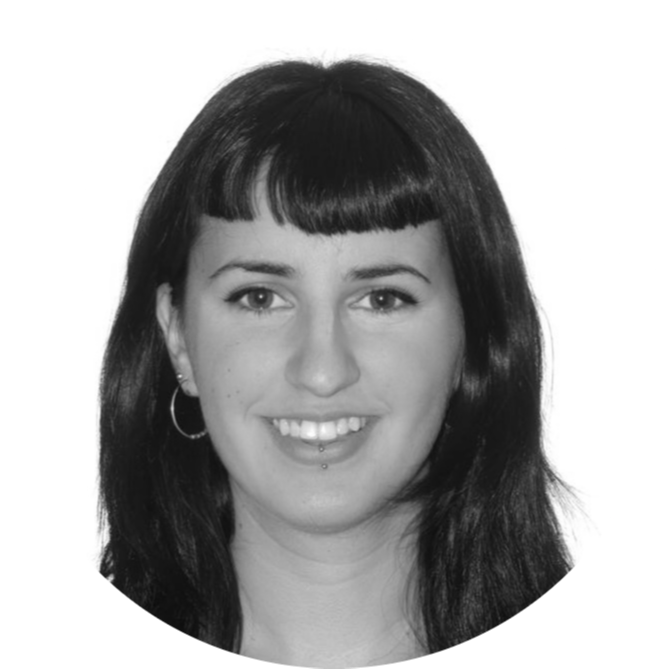
Raquel Garcia

Web designer (graphics and UX) is part of La Tempesta team. With long experience in the design of web pages and in the documentation of museum collections. Graduated in Documentation Science and Media Studies. Master in Digital Humanities at the University of Barcelona. Has worked as a documentalist at the Carmen i Lluís Bassat Contemporary Art Foundation and as an audiovisual documentalist at the advertising production company CPWorks.
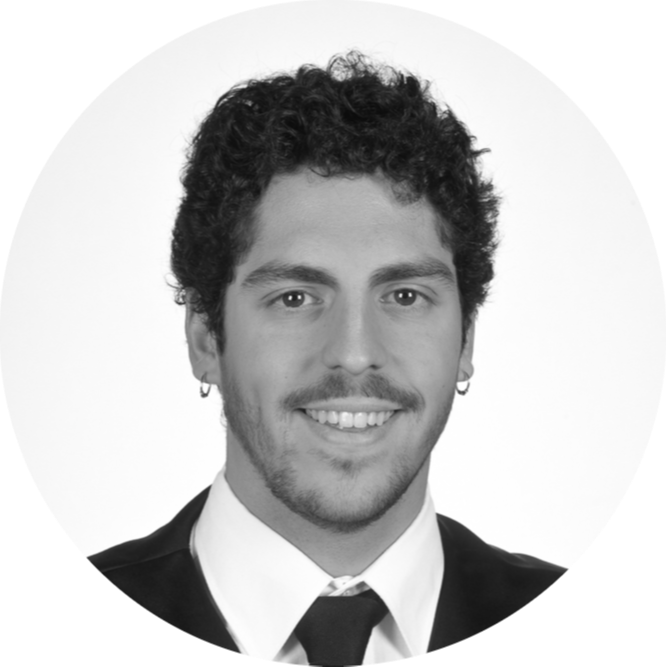
Pol Guiu

Pol Guiu is a historian and digital humanist specializing in 3D digitization, storytelling, and computer visualization of cultural heritage. With expertise in 3D scanning, photogrammetry, modeling, and 3D printing, Pol has contributed to various digitization projects aimed not only at preserving heritage objects but also creating computer-based visualizations.
Pol’s most notable works include the digitization projects of several Catalan museums, a daguerreotype collection, and the huge Steam Machine, as well as his contributions to computer visualization projects such as the design of a metaverse for a 3D art exhibition and the virtual tour of an archaeological site through its 3D model.
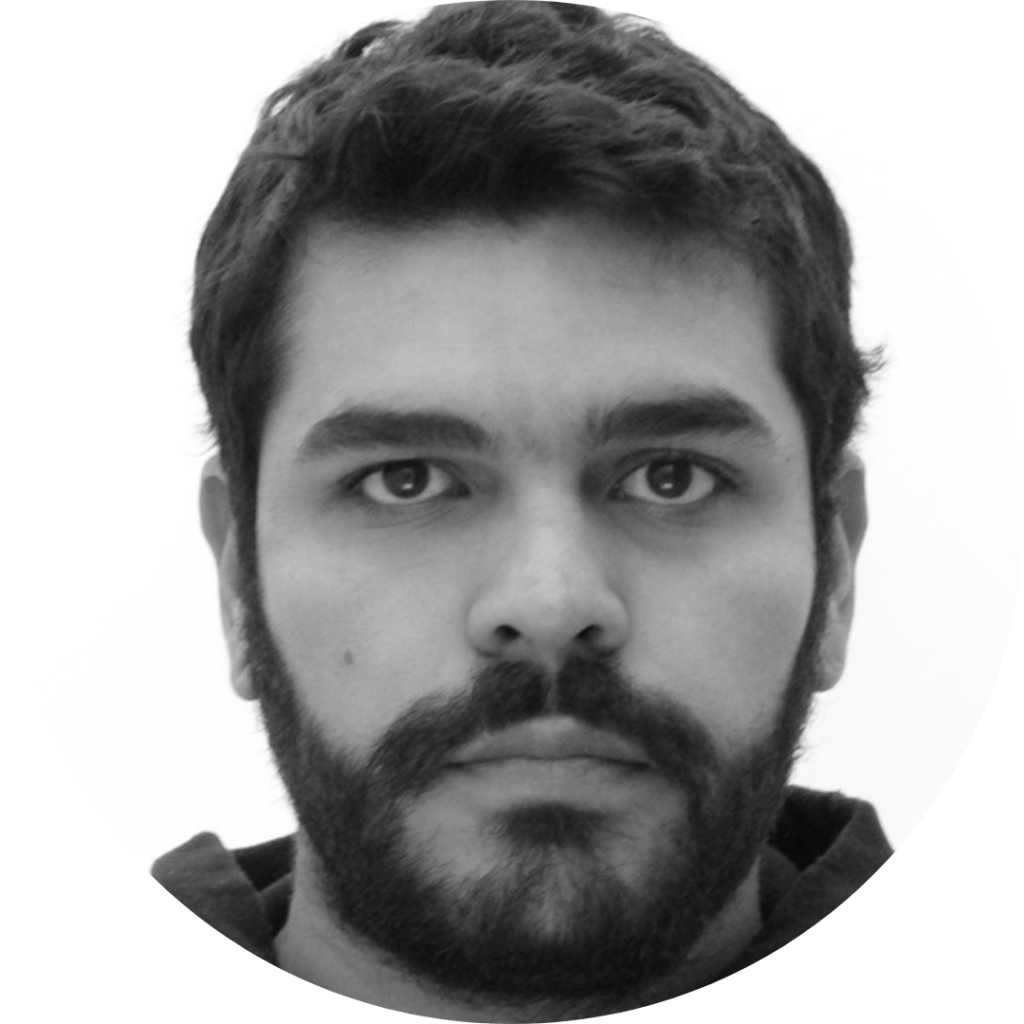
Santiago Acuña Maffiold

Santiago Acuña Maffiold is a Digital humanist and Junior Developer part of La Temepesta team
Politechnika Warszawska

Krzysztof Koszewski

Architect, Ph.D. candidate, research fellow, and tutor at the Faculty of Architecture, Warsaw University of Technology. He is interested in historical building information modeling, digital reconstruction, extended reality, and visualization. His research focuses on the use of integrated digital environments for mapping and sharing knowledge of architectural heritage. He has extensive experience in BIM modeling and management, architectural surveying, reality-based modeling, algorithmic design, parametric objects and libraries, and design process automatization.
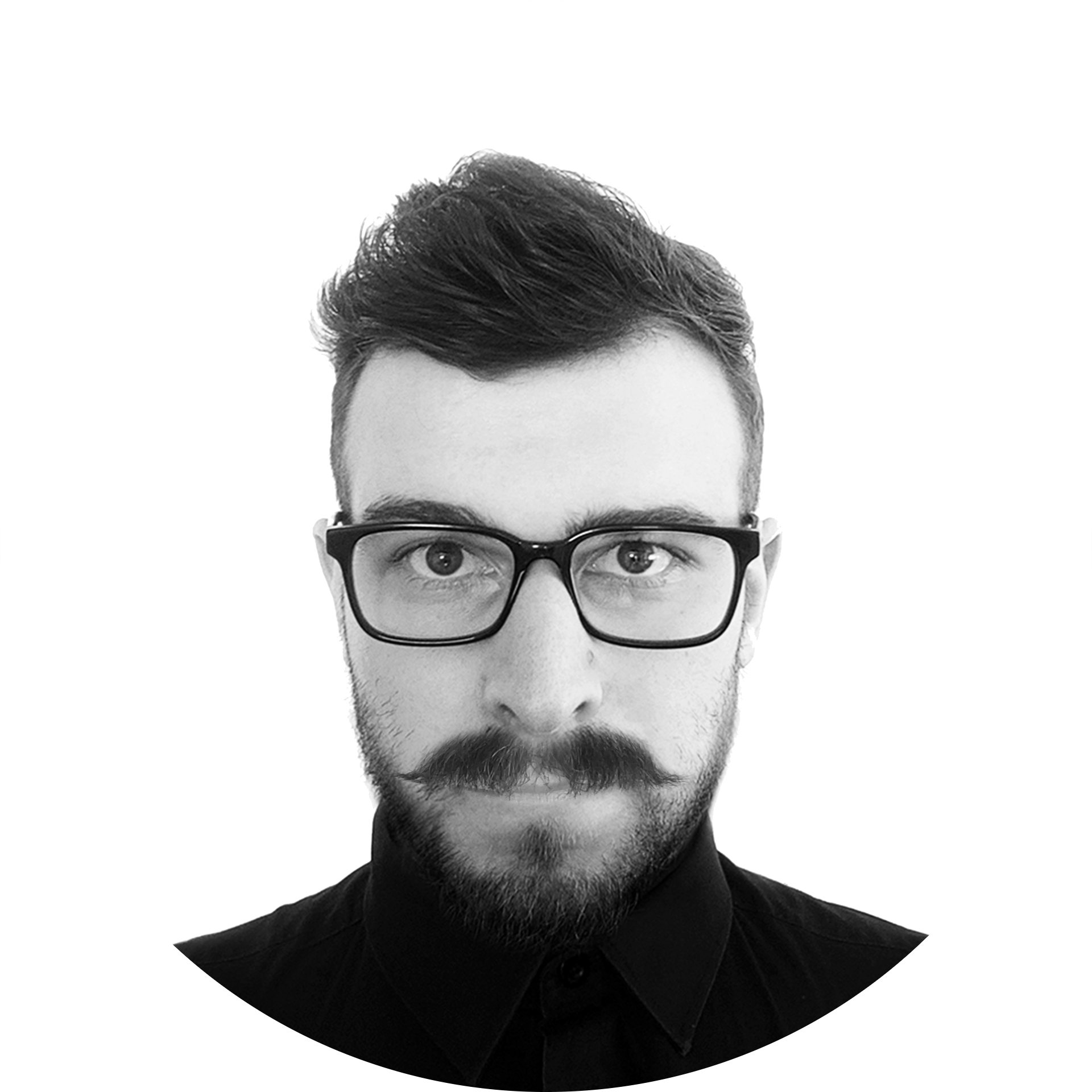
Jakub Franczuk

Architect, Ph.D. candidate, research fellow, and tutor at the Faculty of Architecture, Warsaw University of Technology. He is interested in historical building information modeling, digital reconstruction, extended reality, and visualization. His research focuses on the use of integrated digital environments for mapping and sharing knowledge of architectural heritage. He has extensive experience in BIM modeling and management, architectural surveying, reality-based modeling, algorithmic design, parametric objects and libraries, and design process automatization.
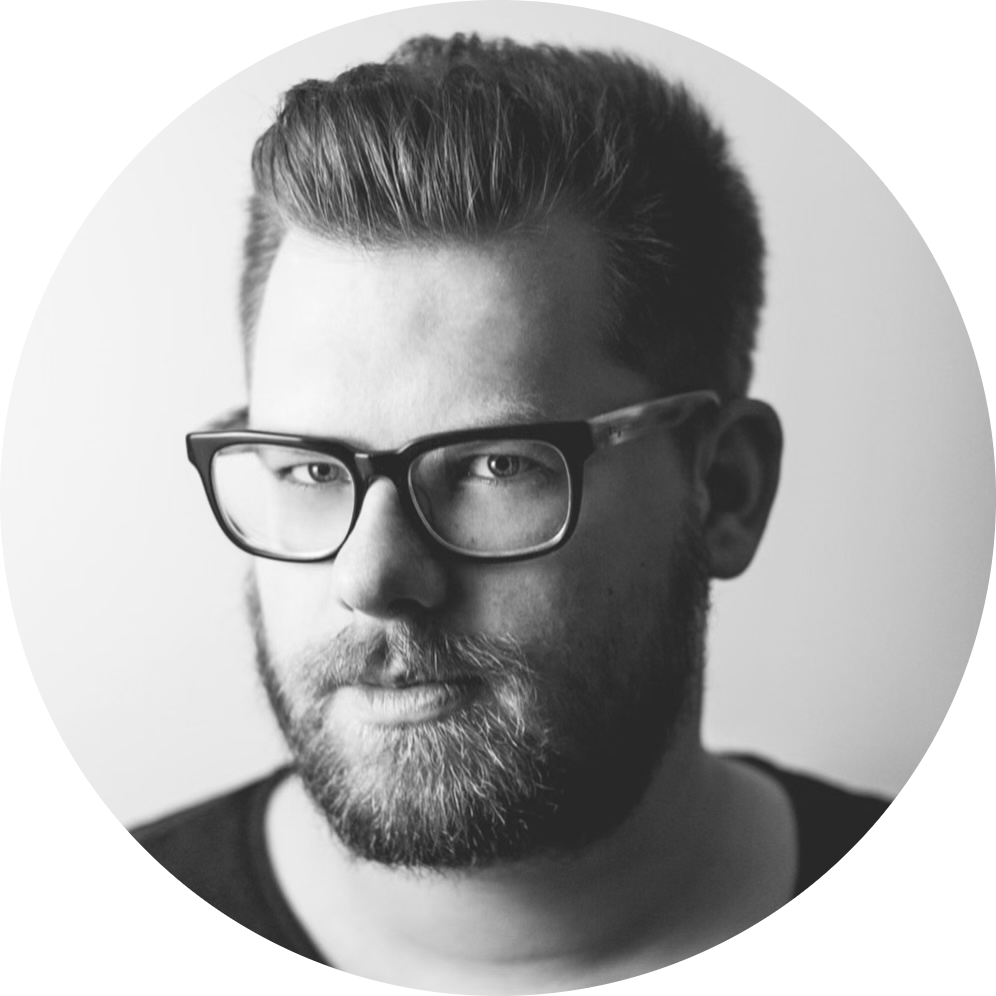
Karol Argasinski

Karol Argasiński has earned a Masters Degree in Architecture from the Faculty of Architecture at the Warsaw University of Technology (WUT). Interested in heritage, he is also enhancing his knowledge in architectural heritage and preservation at the Arts Faculty at the Nikolai Copernicus University in Toruń, Poland.
Currently he is working on his PhD in Warsaw University of Technology, on the topic of creating virtual modeling standards for architectural heritage.
He founded the company BIMfaktoria out of his passion for the preservation of monuments and cultural heritage. It started with extensive architectural analyses through inventory taking by means of laser scanning existing monumental structures. With repeatedly enhancing the process of digitizing historic structures, Karol Argasiński has collected a myriad of knowledge when it comes to the approach of how to incorporate historic preservation via point clouds and complex BIM tools such as PointCab, Archicad, Revit or Allplan, gathering years of experience and deepening knowledge, the company has expanded services to include not only complex OpenBIM compliant inventories, but also take part in activities that aim to improve the work of architects and engineers in the AECO industry. By implementing BIM software and openBIM methodologies, but above all by implementing BIM technology processes throughout the project lifecycle. BIMfaktoria digitizes the world around us, transforming what is temporary and fragile into lasting and fascinating experiences, images and animations. He is also an exclusive partner for PointCab GmbH in Poland.
As sharing knowledge is a core value, he is an Academic Lecturer in ZIGURAT Global Institute of Technology, during Master’s in Global BIM Management and Construction Project Management where he shares his views on BIM Implementation, Common Data Environments and OpenBIM methods of work.
He is also a Co-Editor in BIMe Initiative creating the polish version of BIM Dictionary.
He is a GRAPHISOFT Certified BIM Manager and Certified ArchiCAD Professional. Through his experience he is developing and actively teaching software techniques and works with companies on introducing them to the OpenBIM world by implementing software and methods of work being also buildingSMART Polish Chapter members working in the Educational Room.
Currently, he is a research assistant in AI Hochschule Mainz – University of Applied Sciences.
Universitat Autònoma de Barcelona
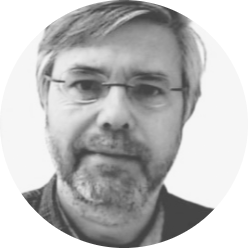
Juan A. Barceló

Juan A. Barceló, is Professor in the Department of Prehistory at the Universitat Autònoma Barcelona (Dept. of Prehistory), where he has been teaching statistics in archaeology for 20 years. He is also founder and director of the Laboratory of Quantitative Archaeology and Computer Applications. He has been appointed President of the Spanish Association of Computer Applications in Archaeology, and represents Spain in the international association Computer Applications and Quantitative Methods in Archaeology. As a recognized researcher, he has specialized in the development of archaeological techniques and in the theory of the discipline. He has developed computer applications, especially in topics such as Spatial Analysis, Multidimensional Statistics, Artificial Intelligence and Computer Aided Visualization, subjects on which he has published extensively. As an archaeologist, he has participated in excavations in Spain, Portugal, Italy, Syria, Nicaragua and Argentina. In 2012, the Spanish Society of Virtual Archaeology awarded him the Tartessos Prize in Virtual Archaeology in recognition of his contribution to the advancement of this discipline. In January 2015, the Generalitat de Catalunya awarded him with the ICREA-ACADEMIA 2014 Award, in merit of his research work. In 2016 he was elected by merit competition as a full member of the European Academy of Sciences.
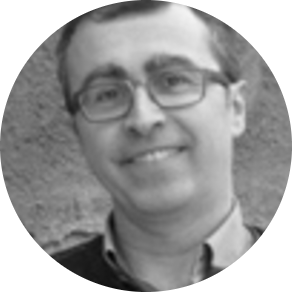
Cèsar Carreras Monfort

Cèsar Carreras Monfort is currently Senior lecturer in Classical Archaeology at the Department of Antiquity Science at Universitat Autònoma de Barcelona (UAB) since 2011. Before, I was lecturer in the Department of Humanities of the Universitat Oberta de Catalunya (UOC) since 1997, the first Virtual University in the world. I am currently responsible of the GRAPCA research Group specialised in Classical Cities and Landscapes.
At international level, I took part in different projects funded by the EU such as SEE Arch-Web (An interactive web-based presentation of Southeastern European Archaeology – Socrates program – Minerva: 110665-CP-1-2003-1-GR) o COINE (Cultural Objects in Networked Environments) funded by the EU (IST-2001-32258).
I have been excavating in different countries from United Kingdom, Italy and Spain, and nowadays I am responsible for the excavations at the Roman city of Iulia Libica (Llívia), just in the border between Spain and France.
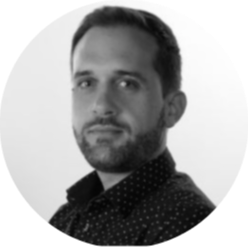
Ivan Campana

Ivan Campana is an archaeologist and journalist with a PhD in 3D Archaeology and Prehistorical Archaeology (Universitat Autònoma De Barcelona), and a MA an BA in Archaeological and Historical Sciences: East and West (Sapienza University of Rome).
In 2011 the Master’s Degree of Archaeological and Historical Sciences: East and West awarded him with the Path of Excellence. He is specialized in field archaeology, field reconnaissance, 3D archaeology and serious games and he has participated in multiple excavations in Italy, Syria, Jordan, Oman, Spain and Uzbekistan. Since 2018 he has been working as video games journalist and content creator focusing on indie production.
Campana, I., 2019, Prehistoric house and 3D reconstruction : towards a BIM archaeology (PhD Thesis), UAB, https://ddd.uab.cat/record/204460
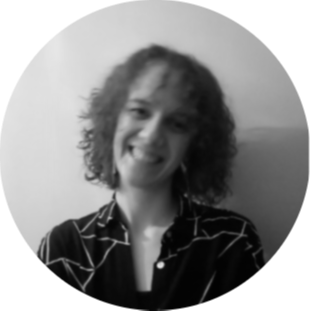
Evdoxia Tzerpou

Evdoxia Tzerpou is a PhD candidate at the Autonomous University of Barcelona (Dept. of Prehistory). She has a bachelor’s degree in Archaeology and History of Art from Aristotle University of Thessaloniki, Greece, a master’s degree in Prehistoric Archaeology and a master’s degree in Digital Humanities and Heritage, both from the Autonomous University of Barcelona. She has participated in excavations and research projects in Greece, Spain and Cyprus. Her research interests focus on the study of the Neolithic period, on the reconstruction and visualization of the past and on human-computer interaction technologies.
Tzerpou, E., 2021, Layers of past: an experimental approach to a virtual excavation [unpublished master thesis], UAB
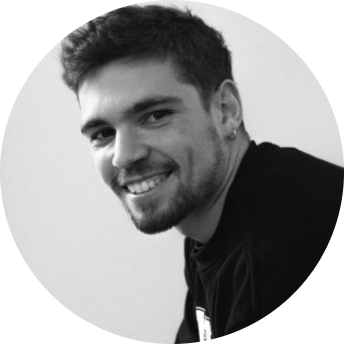
Jan Salazar

Jan Salazar is a historian and digital humanist, specializing in digitization and 3D modelling of historical and cultural heritage. As a professional, he has participated in several projects, including the digitization of the 10th-century church of Sant Martí d’Empúries and part of the collection of the Empúries headquarters of the Achaeological Museum of Catalonia. In addition, he was responsible for developing a digital strategy to digitalize various parts of the collection of the Museum of History of Catalonia to adapt it to people with functional diversity. Currently, he is in charge of the project of digitization and virtual reconstruction of the Castle of Papiol, which dates from the 9th century.
Salazar, Jan., 2020, 3D technology applied to increase the accessibility of the historical heritage of the Museum of History of Catalonia. (Master thesis) UAB
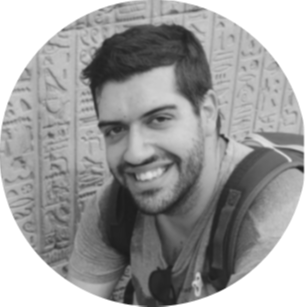
David Alonso

David Alonso is an archaeologist specialist on late antiquity architecture working on Onaris Patrimonio virtual since 2020. His work has been focused on Heritage (HBIM), 3D architectonical reconstruction and Application of Virtual Anastylosis Techniques. The last 3 years he has been working on the development of parametrical architectural elements library for HBIM application to improve archaeological reconstructions. As an archaeologist, he has participated in excavations in Spain and Italy.”
Alonso, David (2021) The Puig Rom archaeological site. New approaches in archaeology and the methodological proposal of HBIM. (Master Thesis) UAB.
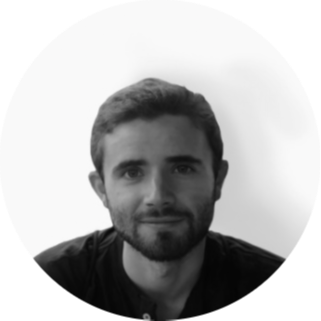
Galder Sasiain

With a double degree in Art and Conservation and Restoration of Cultural Heritage from the University of the Basque Country, I have always been interested in humanistic fields related to art and heritage. I studied also at the UAB MA Course in Digital Humanities and Heritage. Given the wide diversity that technology offers in combination with humanistic interests, I am currently immersed in various training and specialization processes within the fields of 3D scanning, digitization of heritage and virtual reconstruction tasks of archaeological heritage, in addition to the implementation of projects of geometric mesh processing and 3D modeling of organic geometries.
Sasiain, G (2021) Virtual reconstruction of archaeological heritage: the case of Castellet de Banyoles. A singular building.(Master Thesis) UAB.
Interessengemeinschaft für Semantische Datenverarbeitung

Mark Fichtner

Is co-chair of the IGSD e.V. He studied computer science at the university of Erlangen-Nürnberg and finished his Diploma in artificial intelligence, computer graphics and software engineering in 2008. Directly afterwards he was working as a computer scientist in the research project “WissKI – Scientific communication Infrastructure” (funded by the German Research Council 2009-2012) at the Zoologisches Forschungsmuseum Alexander Koenig, Bonn with the aim to develop a semantic web based, linked open data scientific research infrastructure (WissKI, https://wiss-ki.eu). He was project leader in the next project phase “WissKI²” at the Germanisches Nationalmuseum (GNM) in Nuremberg. Since 2019 he is head of the department for museums- and culture informatics at the GNM. He is head of the CIDOC working group for Semantic Research Environments (https://cidoc.mini.icom.

